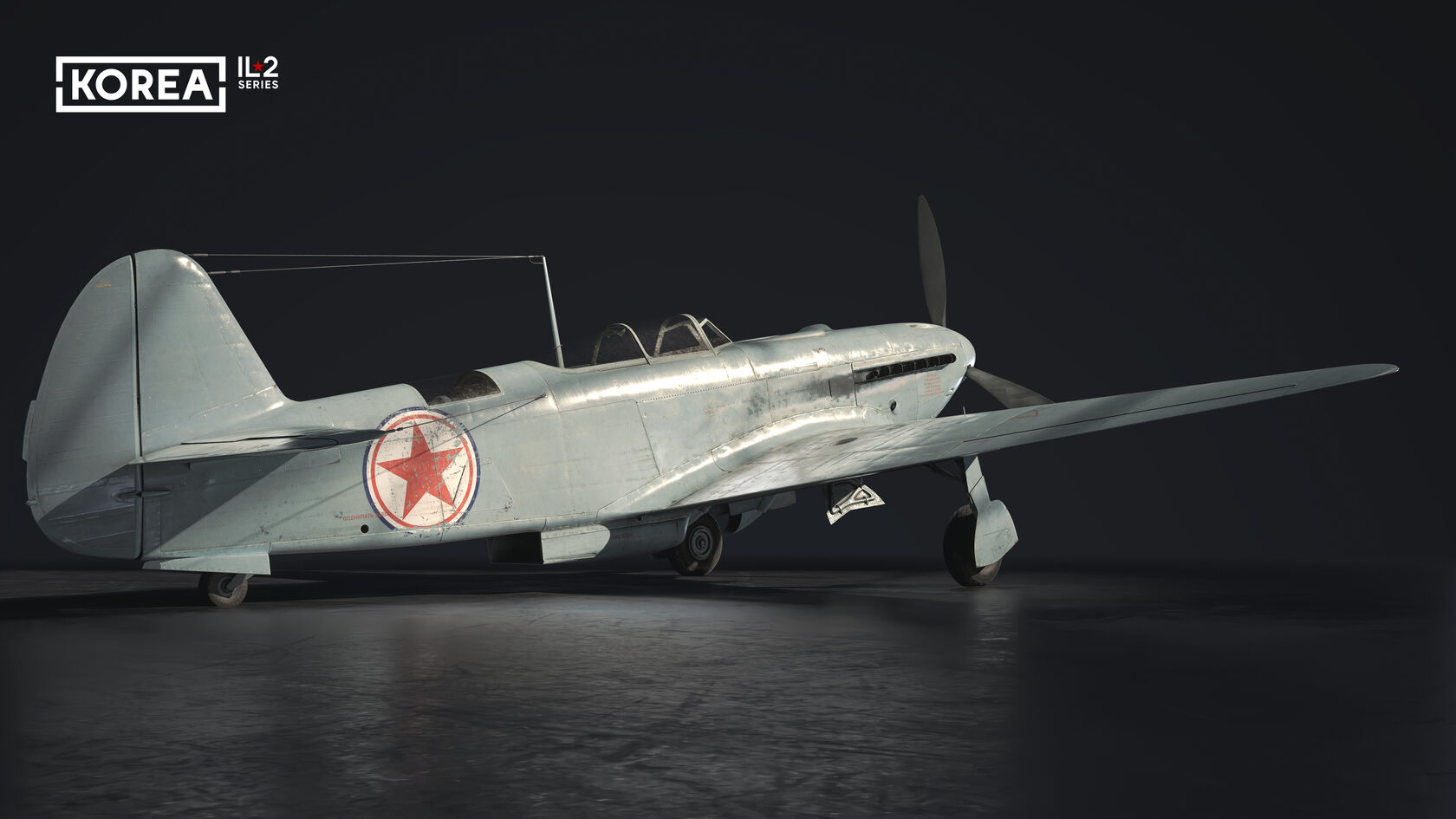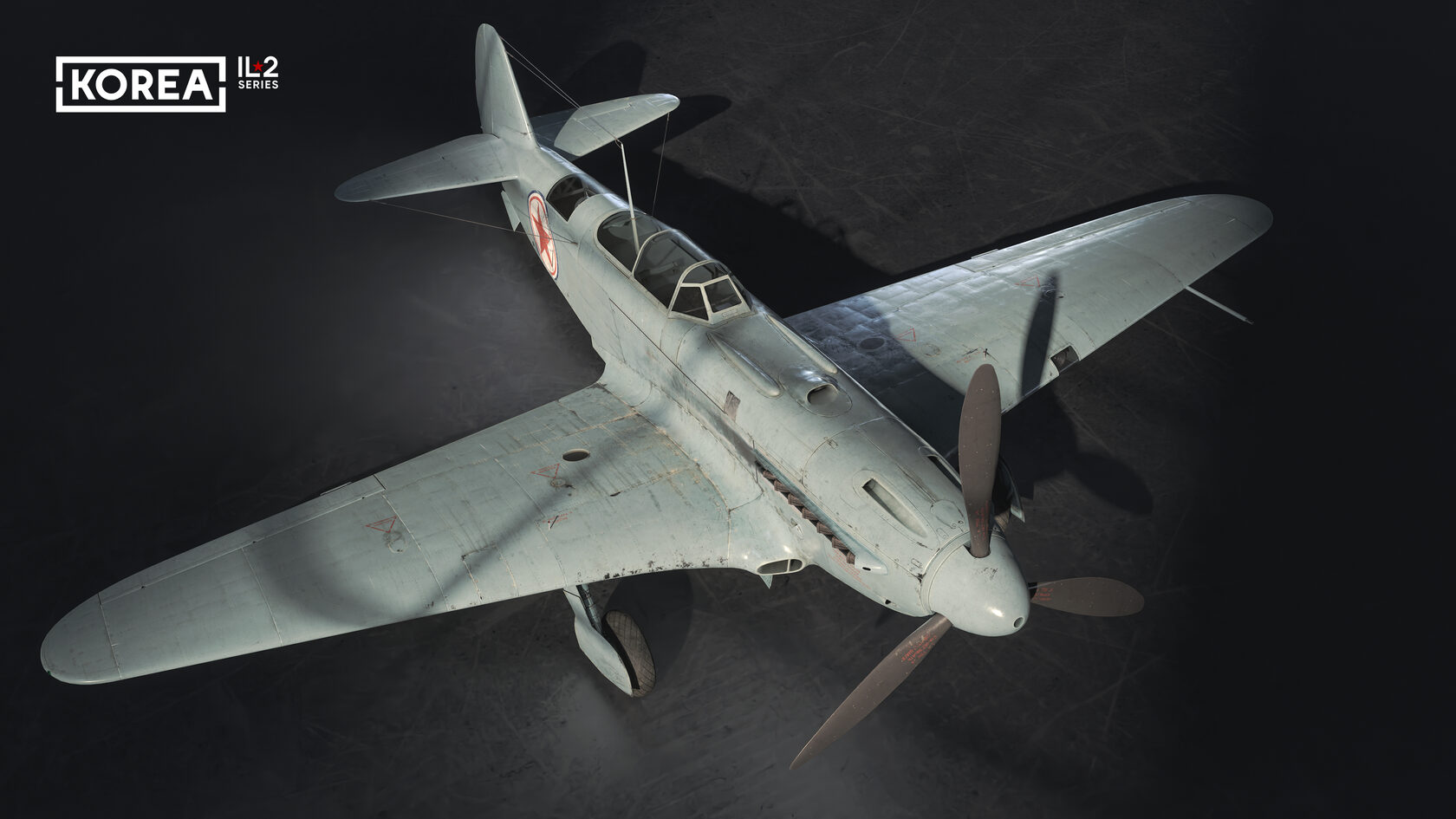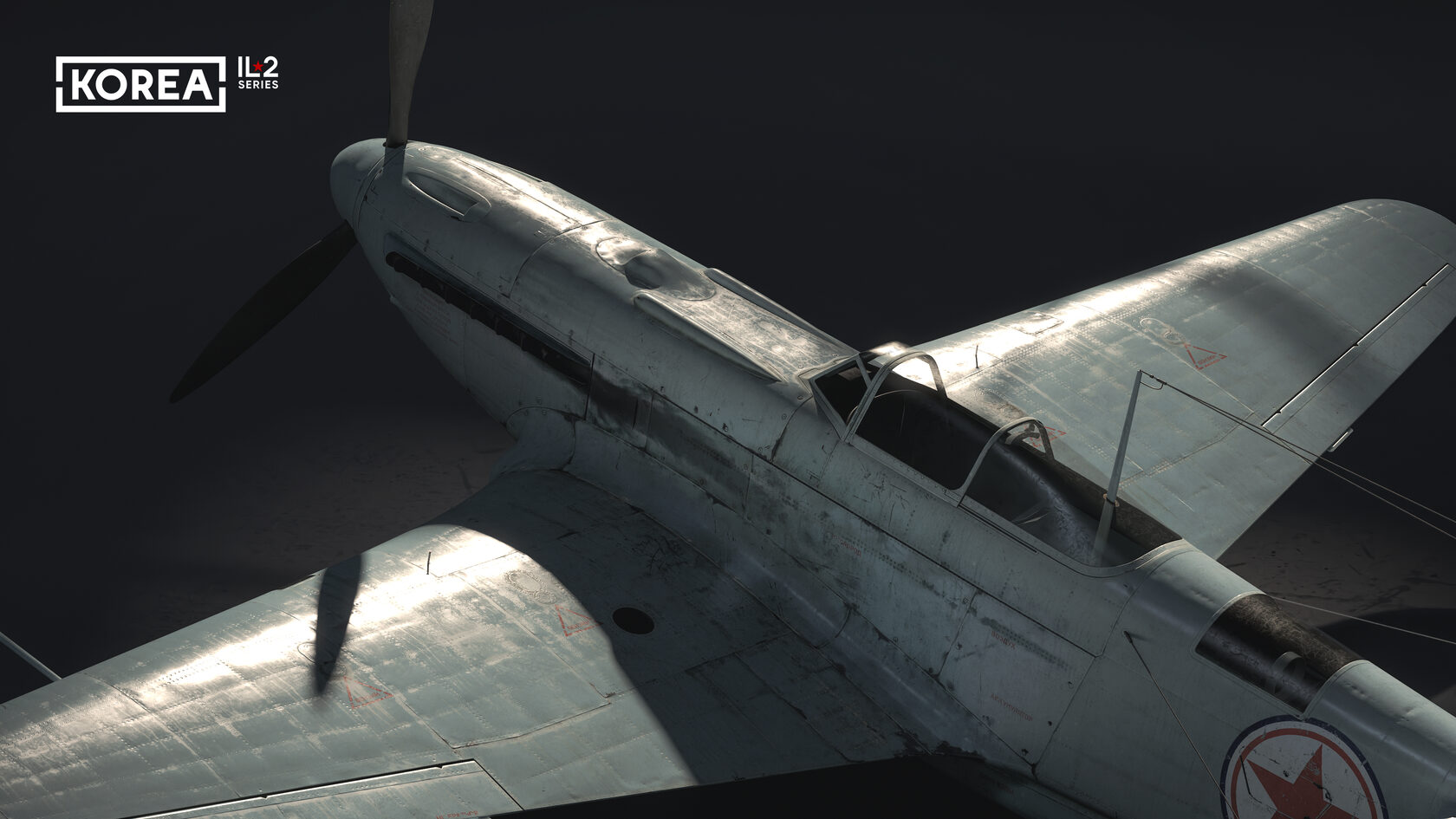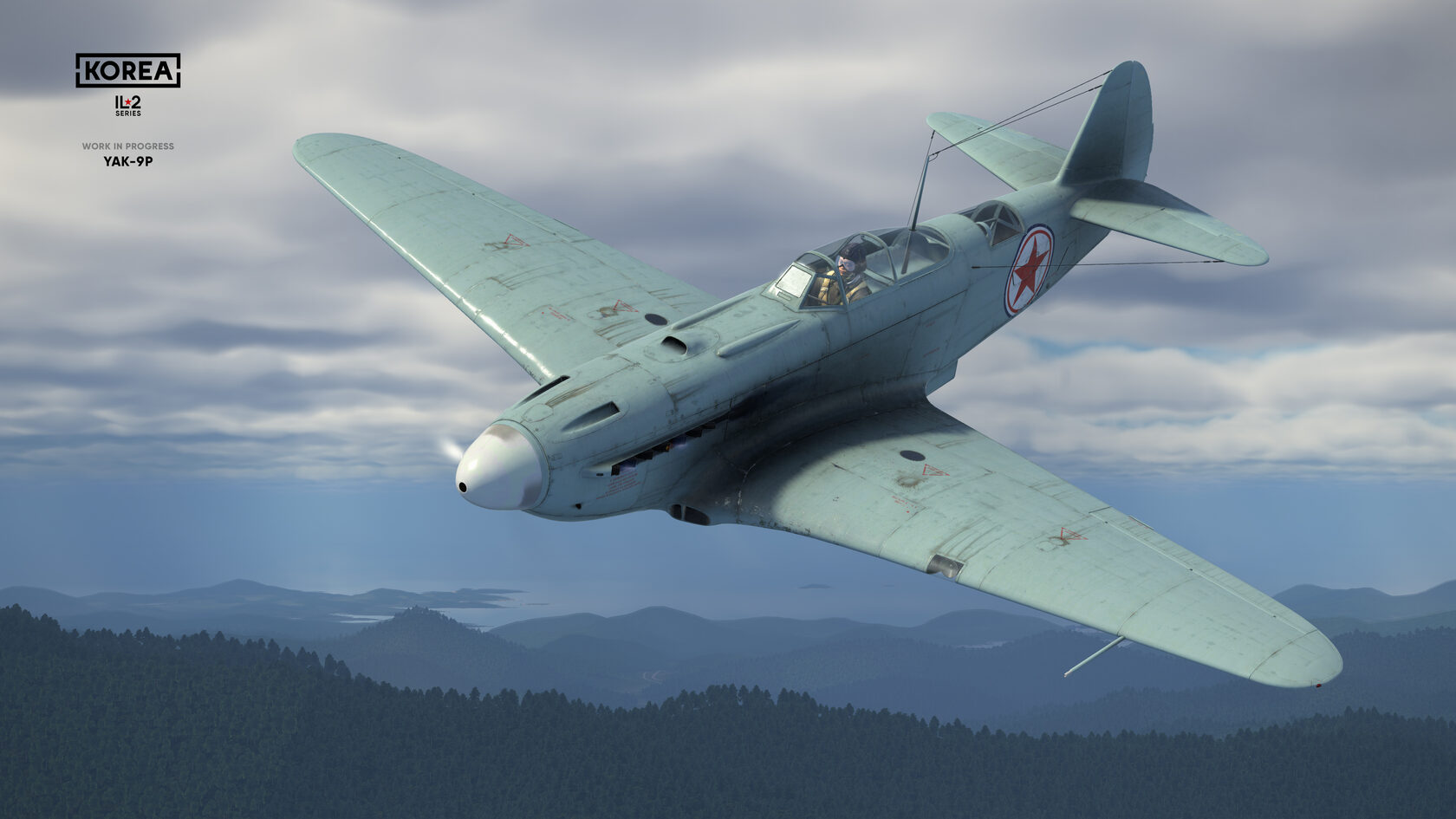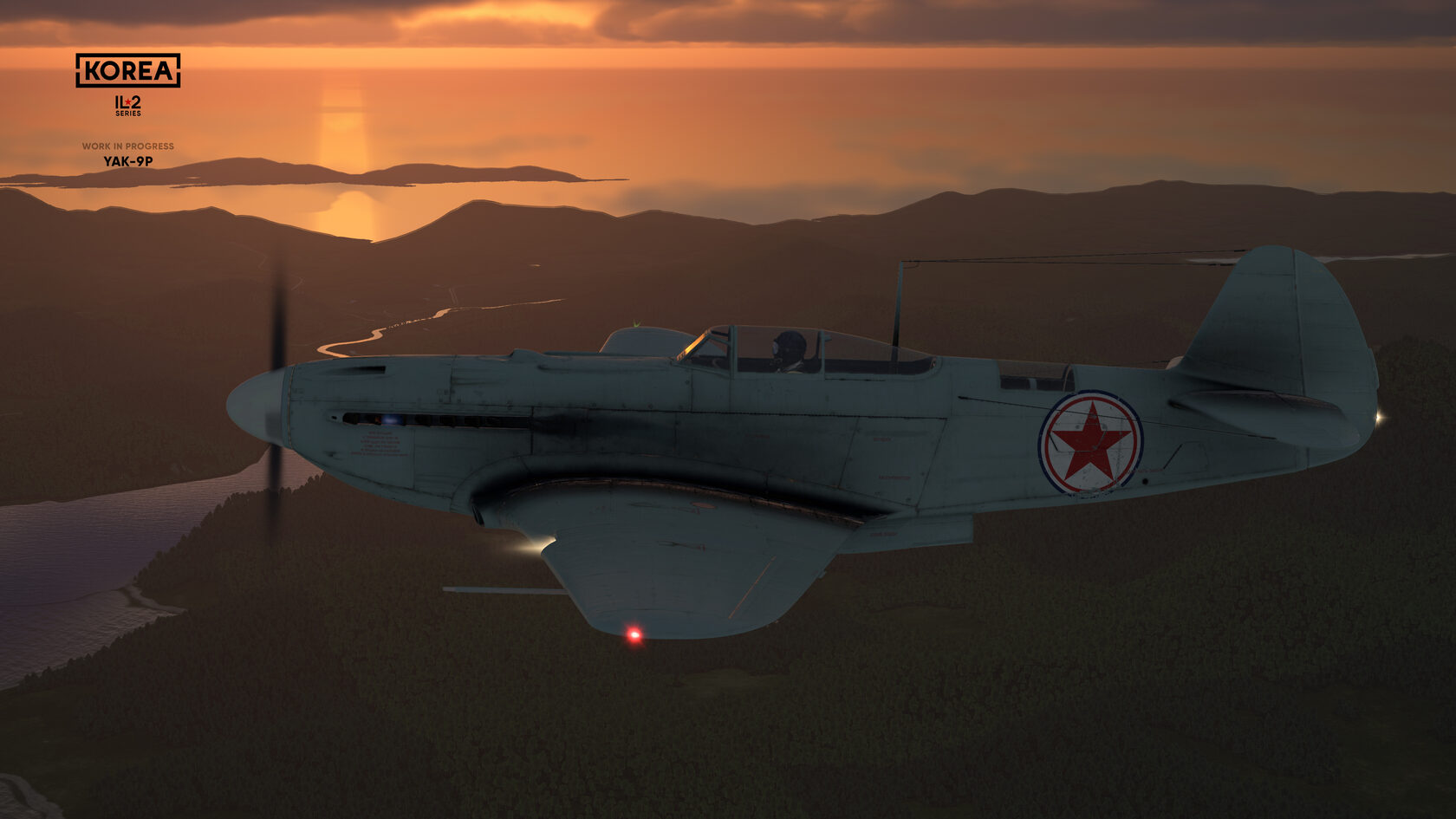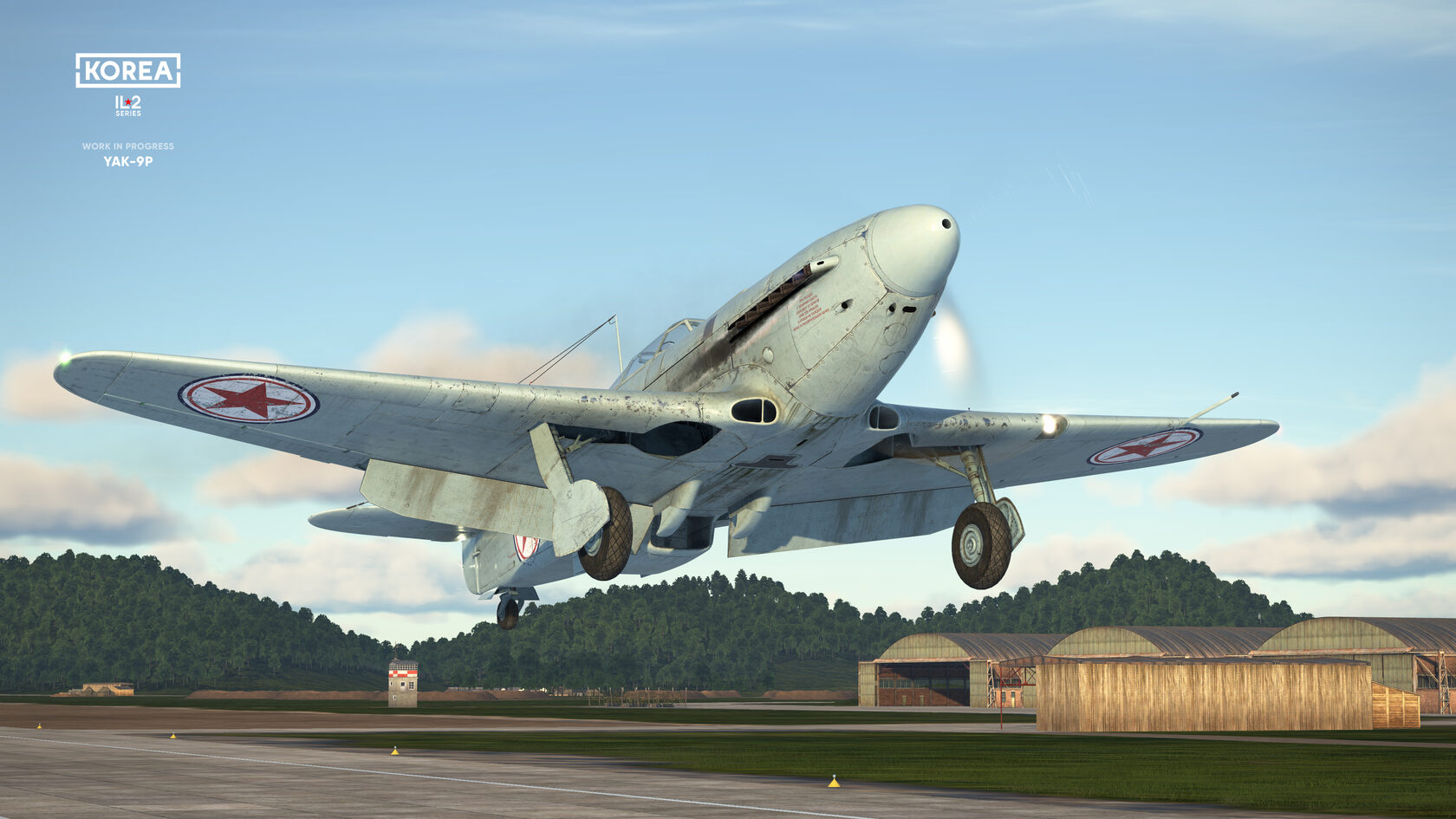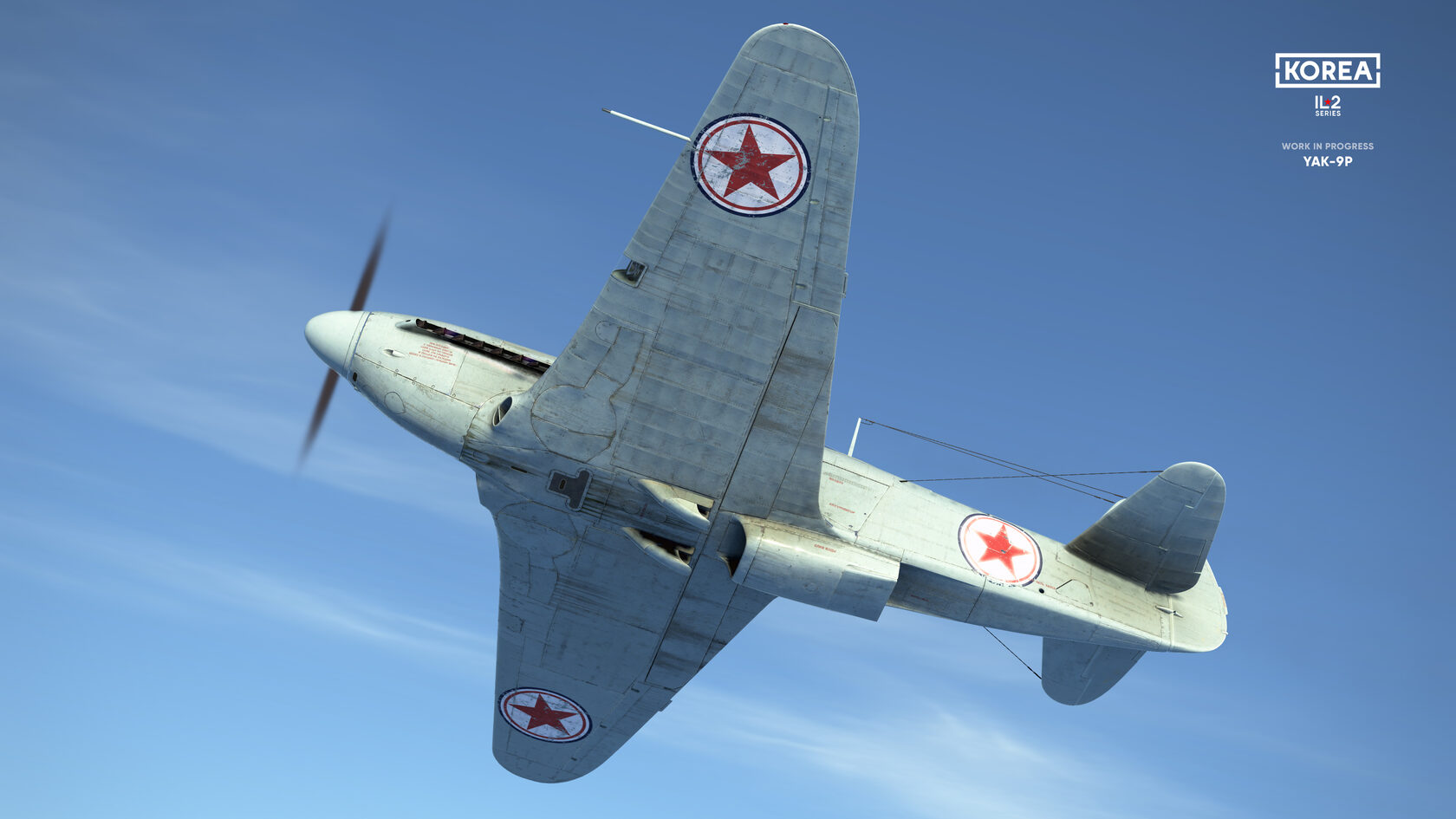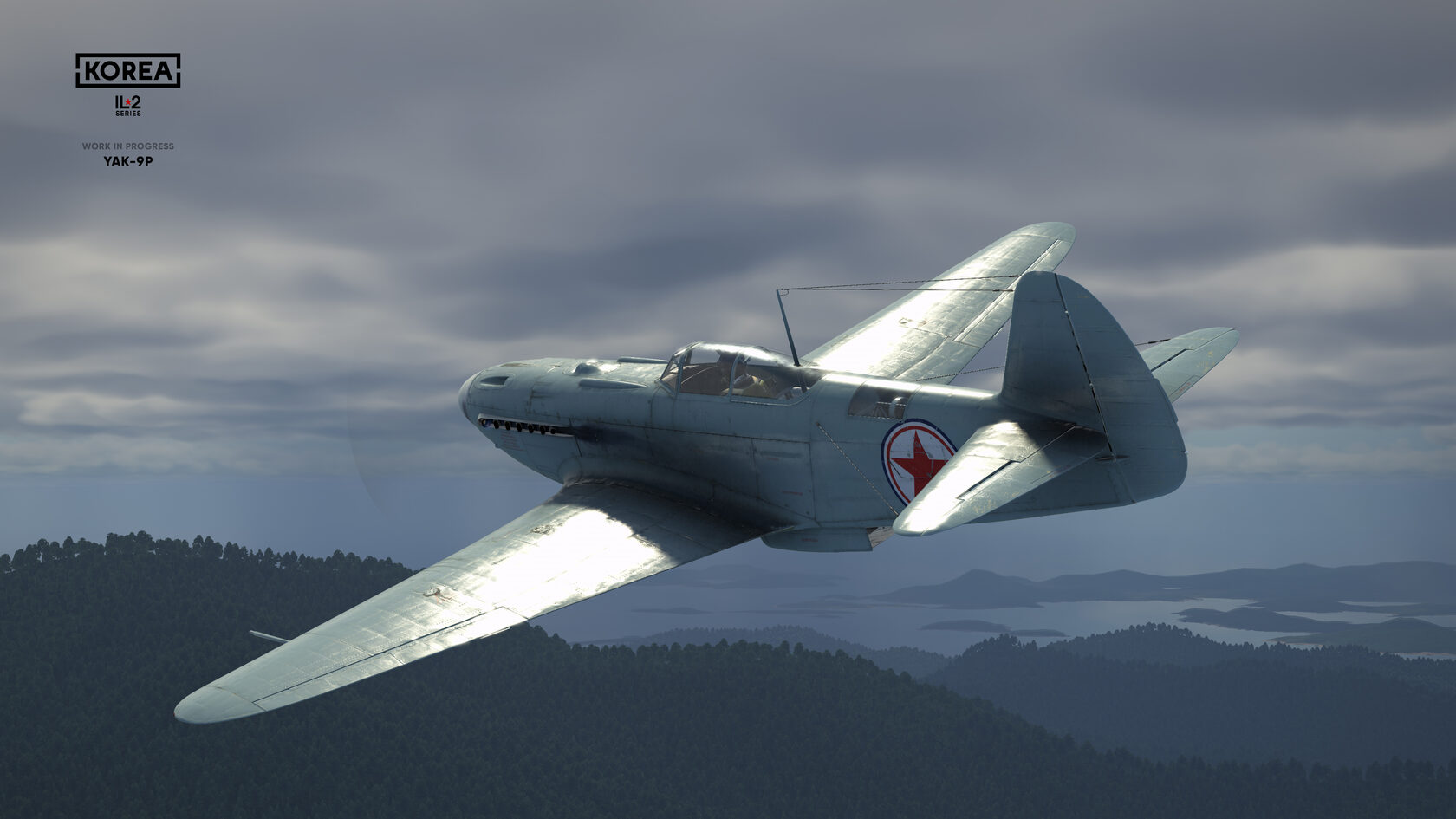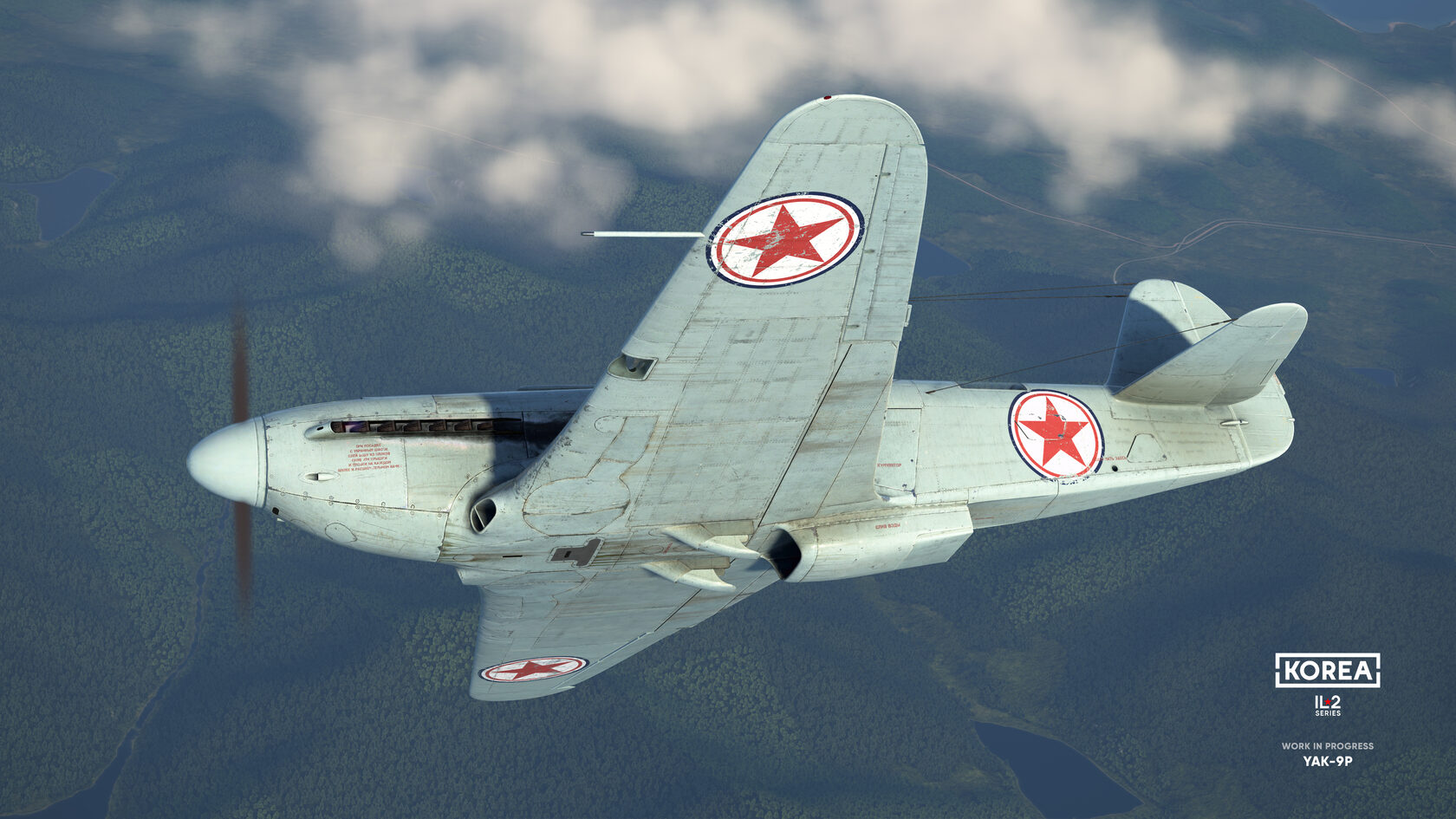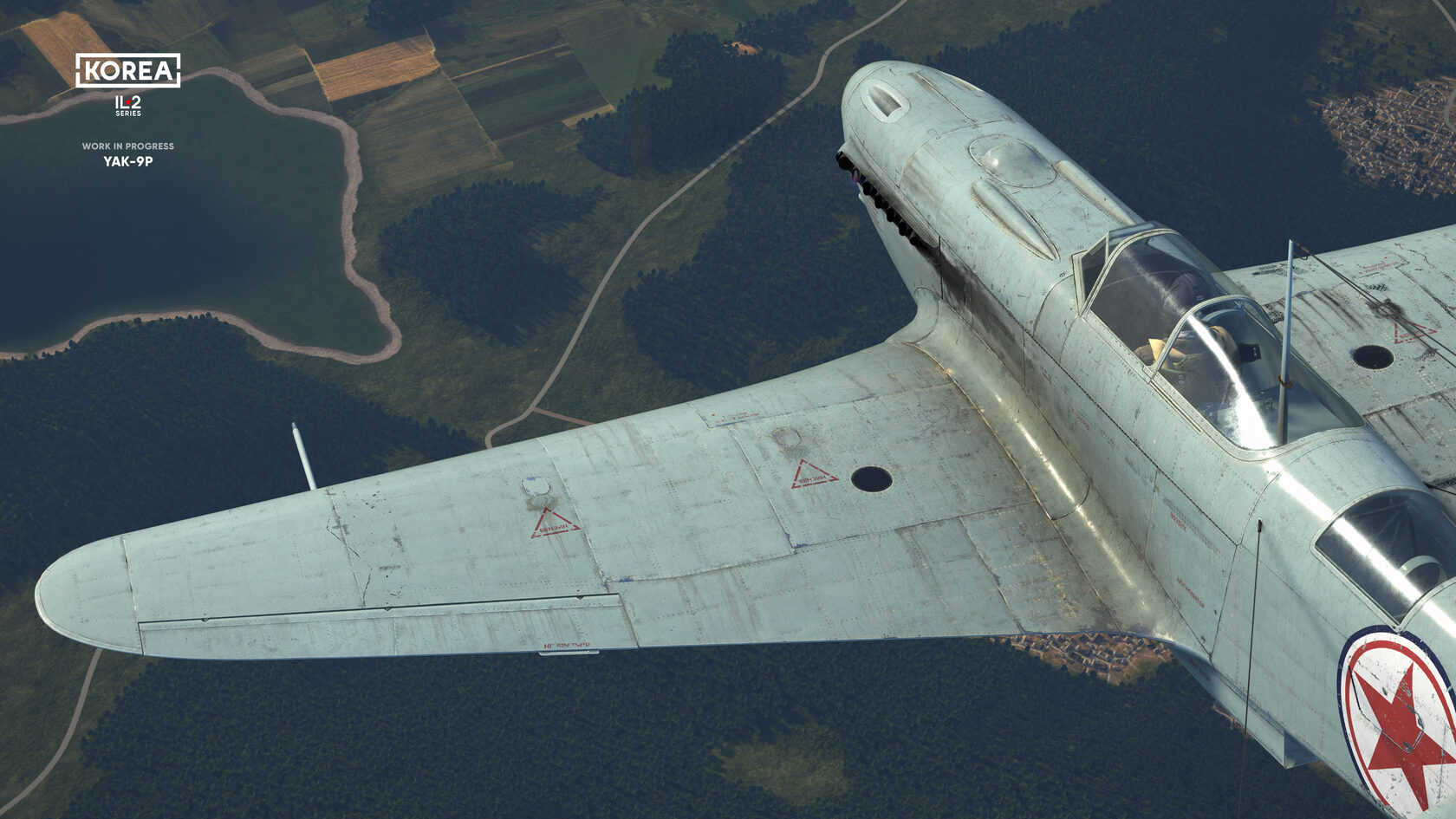Dev Blog #14
Dear Friends,
Today we are going to talk for the first time about an aircraft on the "Red" side of the Korean War, the Yak-9P fighter of the Yakovlev Design Bureau.
It traces its history back to the Yak-7 fighter, which made its first flight in 1940. Later, at the end of 1942, as an evolution of its design, the Yak-9 was created, which became the most mass-produced Soviet fighter of World War II. Unlike the Yak-7, which was a rapid modernization of what was originally a training aircraft, the Yak-9 had already gotten rid of all traces of this circumstance by removing the high spine, replacing the wooden wing spar with a metal one, and improving a number of structural elements. At that time the plane was still equipped with the M-105PF engine.
Today we are going to talk for the first time about an aircraft on the "Red" side of the Korean War, the Yak-9P fighter of the Yakovlev Design Bureau.
It traces its history back to the Yak-7 fighter, which made its first flight in 1940. Later, at the end of 1942, as an evolution of its design, the Yak-9 was created, which became the most mass-produced Soviet fighter of World War II. Unlike the Yak-7, which was a rapid modernization of what was originally a training aircraft, the Yak-9 had already gotten rid of all traces of this circumstance by removing the high spine, replacing the wooden wing spar with a metal one, and improving a number of structural elements. At that time the plane was still equipped with the M-105PF engine.
Later, in 1944, a Yak-9U with a new M-107 engine with increased power and a second 12.7 mm UBS machine gun was introduced. After V-E Day, the most advanced machine of this series was created in 1946- the Yak-9P (note that it can easily be confused with the up-gunned version from 1943, which was also called Yak-9P). With the end of the war, the severe shortage of materials that had accompanied the Soviet Union throughout the war years ended, and it was finally possible to create all-metal combat aircraft. The all-metal airframe is the main difference between the Yak-9P and its predecessor, the Yak-9U. In addition, the aircraft received a more advanced radio set, fixed loop radio compass, radio identification system, and additional fuel tanks in the outer part of the wing sections, which increased the fuel reserve and consequently the combat radius of the aircraft by one and a half times.
The Yak-9P was produced for two years, from 1946 to 1948, but in the 1950s it was used extensively during the Korean War, demonstrating the much longer service life that all-metal aircraft can have. In 1949 and 1950, the Soviet Union transferred 79 Yak-9Ps to North Korea. The country already had Yak fighters of older modifications, but they were in poor condition at the time. It is possible (it is not known for sure) that China gave another 25−40 aircraft to Korea to make up for any losses. Thus, at the beginning of the Korean War, the Yak-9P was one of the two best piston fighter types in North Korea, along with the La-9. Interestingly, unlike the La-11, which was mostly flown by "advisors" from the USSR and Chinese volunteers during this war (i.e., they were actually planes of the air forces of these countries bearing the insignia of the DPRK Air Force), it was North Korean pilots who flew the Yak-9P.
The aircraft had no rocket or bomb armament and was a pure fighter, armed with a 20 mm ShVAK cannon (120 rounds) mounted between the engine cylinder banks and two 12.7 mm UBS machine guns (150 rounds each) mounted in the engine cowling. The pilot’s cockpit was standard for WWII aircraft, with a PBP-1A or PKI collimator sight, front and rear armored glass, armored backrest, and oxygen equipment. The plane had a speed of 590 km/h in horizontal flight near the ground and up to 660 km/h at high altitudes. Its ceiling (maximum flight altitude) was 10 500 meters.



